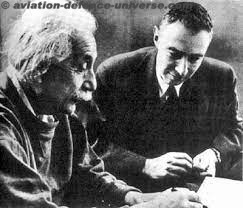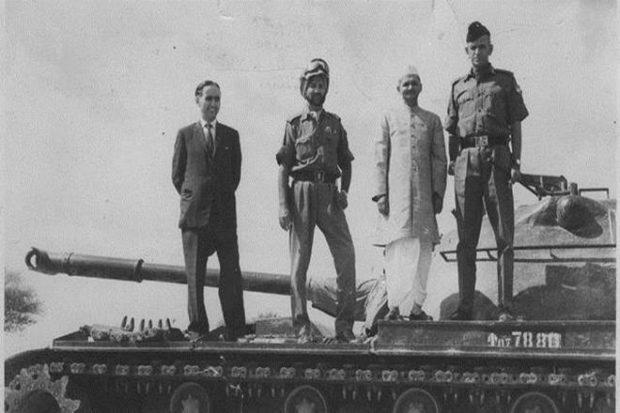
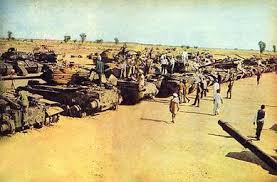
New Delhi. 14 August 2021. Fifty six years ago India fought and won its biggest battles against Pakistan. The Battle of Asal Uttar was one of the largest tank battles fought during the Indo-Pakistani War of 1965. It was fought from 8 to 10 September 1965, when the Pakistan Army thrust its tanks and infantry into Indian territory, capturing the Indian town of Khem Karan 5 km from the International Border. The Indian troops retaliated, and after three days of bitter fighting, the battle ended with the Pakistani forces being repulsed near Asal Uttar. Factors that contributed to this were the fierce fight put up by Indian army, conditions of the plains, better Indian tactics and a successful Indian strategy.
This battle is compared with the Battle of Kursk in the second world war for how it changed the course of the India Pakistan war of 1965 in India’s favour. War historians, including Dr. Philip Towle, regard the Indian resistance near Khem Karan as one of the key turning points of the war, one which tilted the balance of the war in favour of India. Peter Wilson states that the defeat of Pakistan Army in the battle of Asal Uttar was one of the greatest defeats suffered by Pakistan forces in the course of the Indo-Pakistan war of 1965.
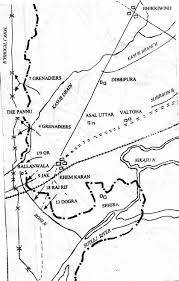
On September 10, 1965 three Indian armored regiments with 45 old American M4 Sherman tanks, 45 light French built AMX-13 tanks, and 45 British-built Centurion tanks were arrayed outside the village of Asal Uttar in the western Punjab province of India. These tanks had set up defensive positions in a “U” formation and were superbly camouflaged by tall un-harvested sugarcane stalks. The Indian force was assembled to attempt to stop the invading Pakistani armored drive. The Pakistani force contained no less than 300 of the new American M47 Patton tanks along with a few M24 Chaffee Tanks. The 46-ton Patton was considered one of the best and most modern designs of the time and included a 90mm main gun that outranged the Indian tanks. The Indian tanks were largely outgunned (the Shermans and AMX-13s only having 75mm main guns) as well as grossly outnumbered by a factor of no less than 2:1. Four inches (100mm) of steel armor plating on the Patton’s made them proof to all but the most close range or lucky shots
Advancing into an Indian artillery barrage, the Pakistani armor fell into the Indian trap. Much like the Americans at the Battle of Bunker Hill the Indian gunners held fast until they could ‘see the whites of their enemy’s eyes”. Opening fire from their camouflaged hiding places at ranges of as short as five hundred meters the smaller Indian tanks were able to penetrate the Pakistani Pattons from all angles and shortly set dozens on fire. The Pakistanis left the field in disarray, leaving almost a hundred tanks behind. The Indians lost 32 tanks but gained a powerful victory, which led to a stalemate and a ceasefire that ended the 1965 Indo-Pakistan War on September 22nd.
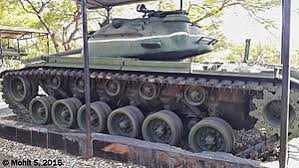
Another tactical victory was luring the Pakistani tanks into areas with soft soil which completely ruled out a quick retreat for their tanks. The battle also witnessed the personal bravery of an Indian soldier Abdul Hamid being honoured with the Param Vir Chakra, India’s highest military award, for having knocked out seven enemy tanks with a recoil-less gun.
Participating in the battle was a young Lt. Pervez Musharraf, in the Pakistani 1st Armored Division. He later became the president of the Pakistani state. Today the site of the battle is referred to as Patton Nagar (Patton City) after the large number of Patton tanks captured there.
The battle is described as one of the greatest tank battles since the Battle of Kursk in the second world war. Pakistan’s invading force, consisting of the 1st Armoured Division and 11th Infantry Division, crossed the International Border and captured the Indian town of Khem Karan. Considering the situation, GOC Indian 4th Mountain Division (Maj. Gen. Gurbaksh Singh) immediately ordered the division to fall back and assume a horseshoe shaped defensive position with Asal Uttar as its focal point.
In the night, the Indian troops flooded the sugar cane field, and the next morning, the Pakistani tanks of the 1st Armoured Division, consisting mainly of M-47 and M-48 Patton tanks, were lured inside the horse-shoe trap. The swampy ground slowed down the advance of the Pakistani tanks and many of them could not move because of the muddy slush. Ninety nine Pakistani tanks mostly Pattons, and a few Shermans and Chaffees, were destroyed or captured while the Indians, by their account, lost only 10 tanks during this offensive.
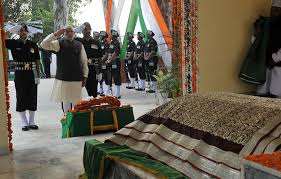
Despite the initial thrust of the Pakistani Army into Indian territory, the battle ended in a decisive Indian Victory. The commander of Pakistani forces Maj. Gen. Nasir Ahmed Khan was killed in action. According to military historian Steven Zaloga, Pakistan admitted that it lost 165 tanks during the 1965 war, more than half of which were knocked out during the “debacle” of Asal Uttar.
The battle also witnessed the personal bravery of an Indian soldier, Abdul Hamid, who was honoured with the Param Vir Chakra, India’s highest military award, for knocking out seven enemy tanks with a recoilless gun.
This battle led to the creation of Patton Nagar (or “Patton City”) at the site of the battle. This is because a large number of Patton tanks fielded by the Pakistani forces were either captured or destroyed at the scene.


































